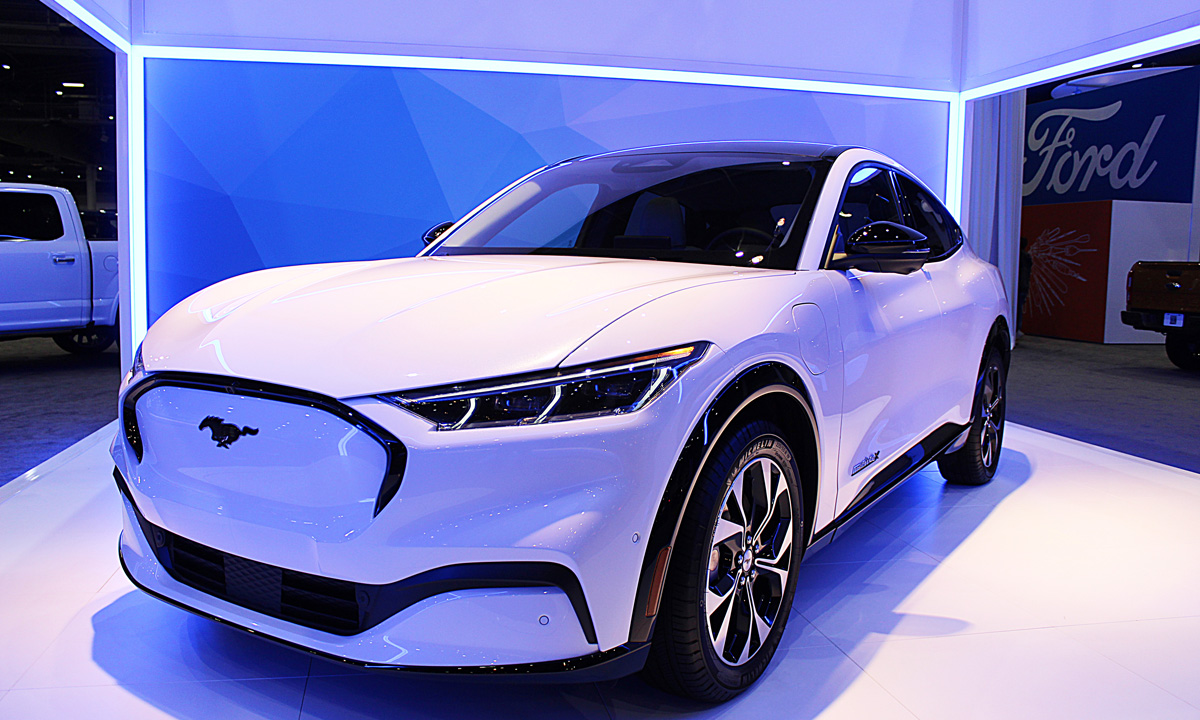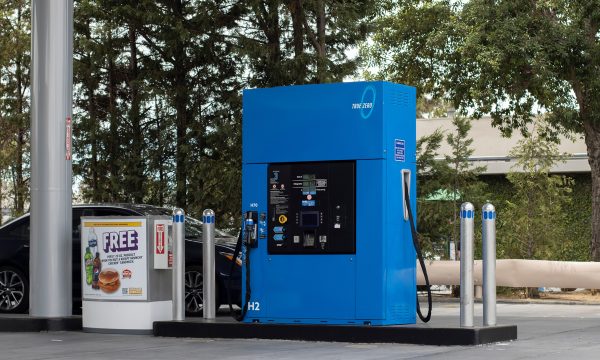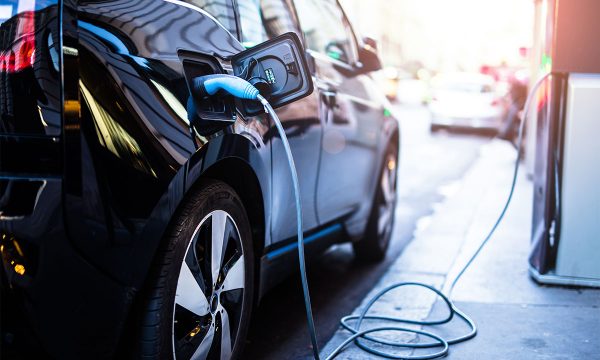What BEV buyers need to know about EV-specific tires
With sales of Battery Electric Vehicles (BEVs) rapidly increasing in Canada, it is important that customers, especially first-time BEV buyers, are well tutored in what to expect from their new vehicles to avoid unpleasant surprises.
As we discussed in the last issue of Canadian auto dealer, one of those potential surprises is the impact of winter weather on driving range and charging time.
Another is that BEVs require different tires than those used on comparable ICE vehicles—a key point drivers may not realize until the tires have to be replaced or swapped out for winter driving.
Why do they need different tires? One main reason is that BEVs are much heavier than their conventional counterparts. Their battery packs typically add as much as 450 kg (~1,000 lbs) of total mass—much more in the case of pickup trucks—necessitating tires with significantly higher load ratings.
Using “regular” tires on these vehicles would dramatically compromise the vehicle’s handling characteristics, tire life and occupants’ safety.
In recognition of that point, a new High Load (HL) tire load rating that can carry a greater load than the previous XL heavy-duty tires at the same pressure has been adopted to accommodate the increased weight of vehicles with heavy batteries.
To support that added load, especially when cornering and braking, tires for EVs typically have sturdier sidewall and tread construction, which may come at the expense of a smooth ride.
It is also important for EV tires to minimize rolling resistance, to help extend precious EV driving range as much as possible. But changes in tire construction, tread design and tread compound that result in reduced rolling resistance typically result in reduced traction as well.
Combine all those factors with the instantaneous peak torque produced by electric motors at startup, which increases tire slippage, and tread life tends to be reduced too—typically by 20 to 30 per cent, based on multiple reports.
Designing an EV tire, then, becomes a matter of balancing the three major tire characteristics: traction (or grip); rolling resistance; and treadwear. How each vehicle and tire manufacturer prioritizes those often competing qualities substantially defines the character of the vehicle.
Another key factor that must be considered is noise—to a much greater degree than is necessary on tires for a typical ICE-powered vehicle, where tire noise tends to be substantially obscured by engine noise at highway speeds.
There is no engine noise in a BEV and the noise from the motor(s) and electronics is of a much different quality, so noise from the tire/road interaction takes on greater priority. Not only must the tire noise be reduced, but what is generated must not be unpleasant to the vehicle’s occupants.
Beyond the usual approach of optimizing tread designs to reduce noise, some tire manufacturers are fitting special acoustic foam liners to the inner surface of the tread to act as sound absorbers within the tire cavity.
All of these aspects make the ideal EV tire significantly different from one optimized for an ICE-powered vehicle. Significantly more expensive, too!
Most major tire companies now offer a range of EV-specific aftermarket tires to choose from when it is time for replacement.
It should be noted that it is not necessary to use a tire that is designated as EV-specific. But it will be difficult to find a “regular” tire that satisfies all the dimensional and load requirements for most BEVs, as well as providing a satisfactory noise signature.
Then, of course, here in Canada there is the matter of winter tires. To the obvious question, “Do BEVs need Winter tires?”, the answer in most of the country is, “Absolutely!”
Perhaps even more so than for comparable conventional vehicles, given the instant torque delivery from the electric motors, which makes wheelspin control a greater challenge.
For those BEVs with multiple-motor AWD systems and owners who think they will satisfy all tractive needs, the answer is: “It doesn’t matter how many wheels are driven if none of them have traction!”
Finding EV-specific winter tires still presents more of a challenge than for their fair-weather equivalents. But most majors now offer at least some availability in select sizes. Manufacturers of the original-equipment tires for a given brand may be the most likely sources for early winter tire availability.
Tires are probably the furthest thing from a customer’s mind when they are shopping for a BEV. But it’s important that they be apprised of what to expect down the road when taking delivery, to avoid a potentially unwelcome surprise later.












